|
|
Karen Duquette
liked the white farm house with a smile face, that is shown below. It
was taken somewhere while on the road to Calgary. |
|
 Calgary
is a city in the Canadian province of Alberta, situated at the confluence
of the Bow River and the Elbow River in the south of the province, about
50 miles east of the front ranges of the Canadian Rockies. Calgary is
the largest city in Alberta, and the third-largest municipality and
fifth-largest census metropolitan area (CMA) in Canada. Two rivers run
through the city. The Bow River is the larger river and it flows from
the west to the south. The Elbow River flows northwards from the south
until it converges with the Bow River at the historic site of Fort Calgary
near downtown. Calgary
is a city in the Canadian province of Alberta, situated at the confluence
of the Bow River and the Elbow River in the south of the province, about
50 miles east of the front ranges of the Canadian Rockies. Calgary is
the largest city in Alberta, and the third-largest municipality and
fifth-largest census metropolitan area (CMA) in Canada. Two rivers run
through the city. The Bow River is the larger river and it flows from
the west to the south. The Elbow River flows northwards from the south
until it converges with the Bow River at the historic site of Fort Calgary
near downtown.
The climate of the region is generally dry. Calgary has the most sunny
days year round of Canada's 100 largest cities, with just over 332 days
of sun; it has on average 2,396 hours of sunshine annually. With an
average relative humidity of 55% in the winter and 45% in the summer.
The highest temperature ever recorded in Calgary was 36.1 °C (97 °F)
on 15 July 1919; The coldest temperature ever recorded was −45.0 °C
(−49 °F) on 4 February 1893.
The economy of Calgary includes activity in the energy, financial
services, film and television, transportation and logistics, technology,
manufacturing, aerospace, health and wellness, retail, and tourism sectors.
In 1988, Calgary became the first Canadian city to host the Winter
Olympic Games.
Calgary was named after Calgary on the Isle of Mull, Scotland. In
turn, the name originates from a compound of kald and gart,
similar Old Norse words, meaning "cold" and "garden", likely used when
named by the Vikings who inhabited the Inner Hebrides. Alternatively,
the name might be Gaelic for either "clear running water" or "bay farm".
|
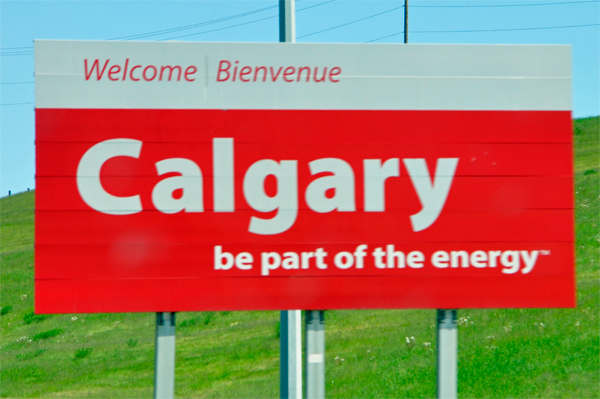 |
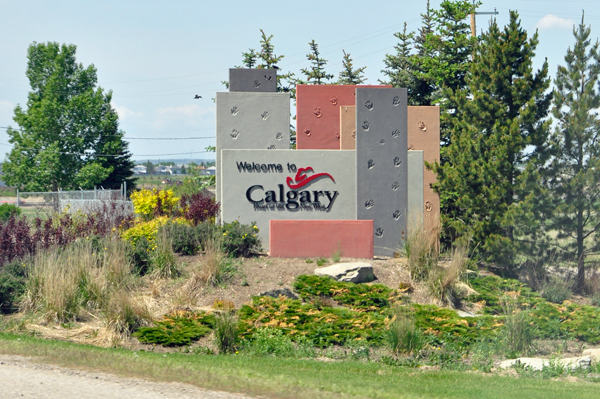 |
Below:
The Bow is a 1,700,000 square foot office building
for the headquarters of Encana Corporation and Cenovus Energy, in downtown
Calgary, Alberta. The building is currently the second tallest office
tower in Calgary, and second tallest in Canada outside Toronto. The
Bow was completed in 2012 and was ranked among the top 10 architectural
projects of 2012 according to Azure Magazine.
Building details:
-
Height: 236 metres (774 feet)
-
58 stories
-
2 retail floors - 200,000 square feet
-
3 floors - sky gardens, spaced approximately every 18 floors
(sky lobbies), served by express elevators
-
53 office floors - 1,700,000 square feet
-
4 mechanical floors
-
In total over 900,000 square feet of glass
-
Parking: 1,400 parking stalls (6 level parking, spanning two blocks
on both sides of 6th Avenue)
|
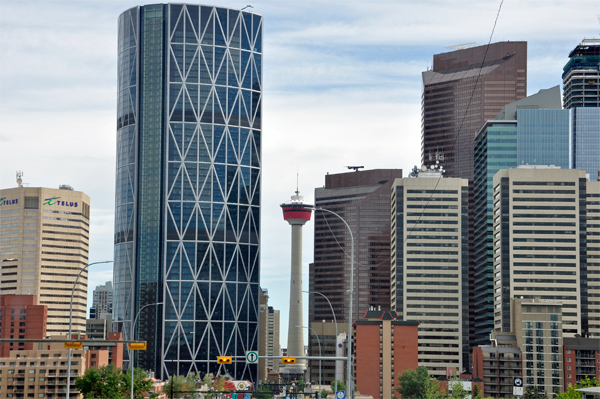 |
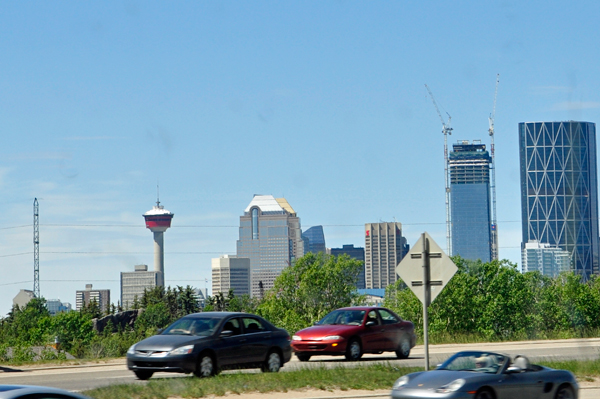 |
Below: The Bow
Building Head Statue is a giant female head in front of the Bow Building.
The 12-metre tall sculpture, called Wonderland, is made of
wire. It has two entrances, allowing people to walk around inside it.
It was created by Barcelona-based designer Jaume Plensa, whose work
is on display around the world.
Lee Duquette stood in one of the openings. |
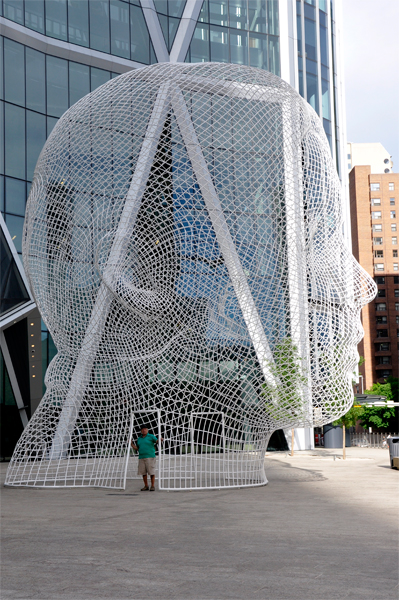 |
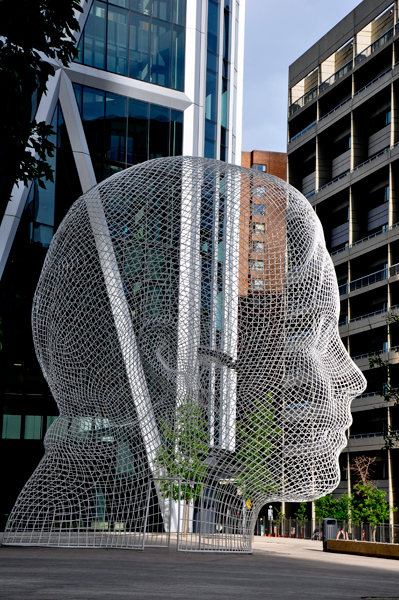 |
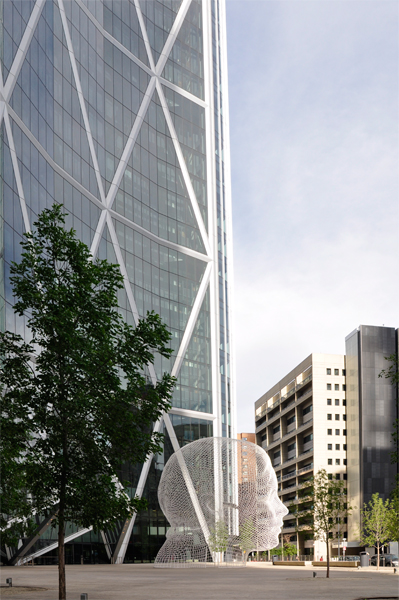 |
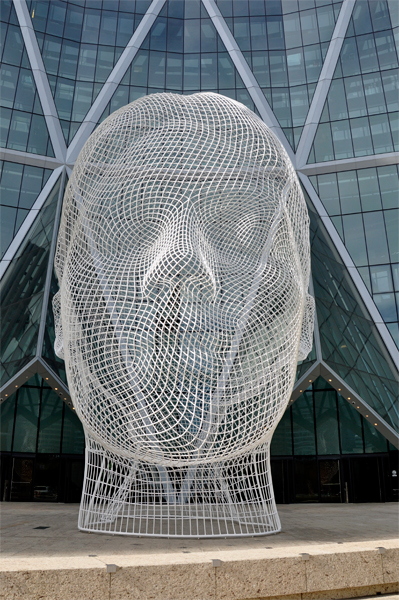 |
Below: A very
long wedding limo with the names of the bride and groom and hearts on
the back. Lee Duquette thought it was interesting enough to photograph. |
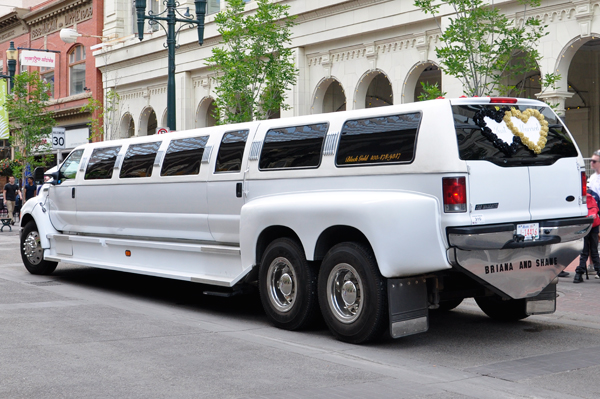 |
Below: When Karen
Duquette saw people dining on the second floor balcony of Murrieta's
Bar and Grill on Stephen Avenue, she wanted go there and have an appetizer
and drink. So they did. |
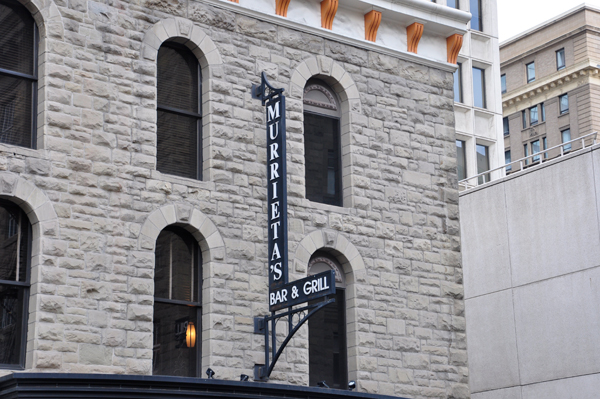 |
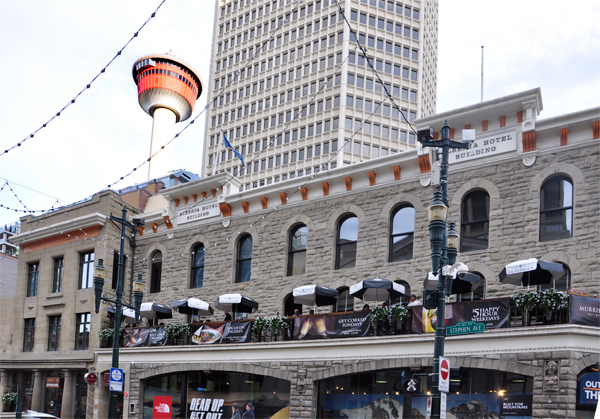 |
The inside restaurant
looked expensive because it had white tablecloths and fancy settings.
The two RV Gypsies were dressed casually, and wanted to sit on the balcony
and enjoy the view of Stephens Avenue and the people. They had a pizza
for an appetizer, which was unlike any pizza they ever had before, and
they enjoyed it. |
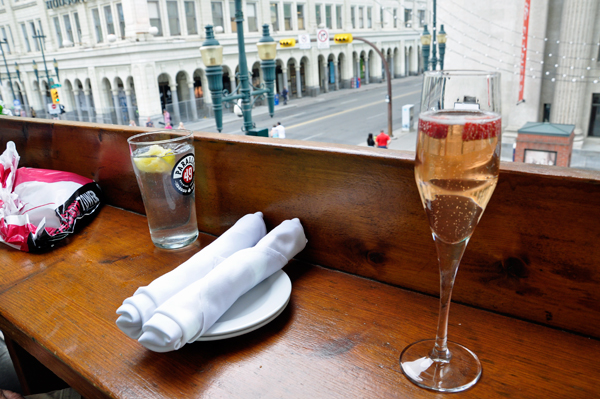 |
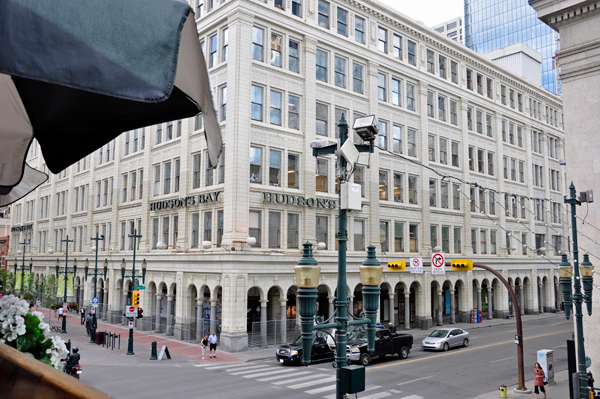 |
Below:
Stephen Avenue is a major pedestrian mall in downtown Calgary.
The mall is actually the portion of 8 Avenue SW between 4 Street SW
and 1 Street SE. It is open to vehicles only from 6:00 p.m. to 6:00
a.m. (times may be subject to change) |
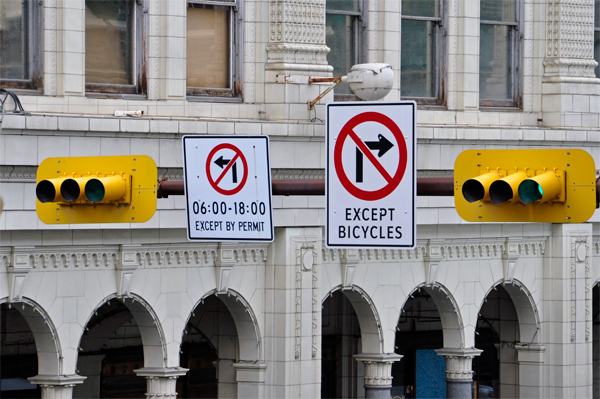 |
The street is
known for some of Calgary's finest restaurants, cafés, pubs and bars,
and provides a mix of boutiques and high-end retail. The street is also
home to downtown Calgary's major convention and exhibition facility,
the Telus Convention Centre, and two hotels, the Hyatt Regency Calgary,
which incorporates several historic buildings into its facade, and the
Calgary Marriott.
Stephen Avenue is not regarded as a major night spot in the city,
although there are night clubs located on the mall. The street was named
after George Stephen, 1st Baron Mount Stephen, the first president of
the Canadian Pacific Railway. Stephen Avenue contains a high concentration
of registered historic buildings and the street itself was declared
a Canadian historic site in 2002. Many of these building are made of
sandstone that was quarried locally from the Paskapoo Formation; a result
of the construction of fire-resistant buildings following a fire in
1886 that damaged many of the city's earlier wooden structures. |
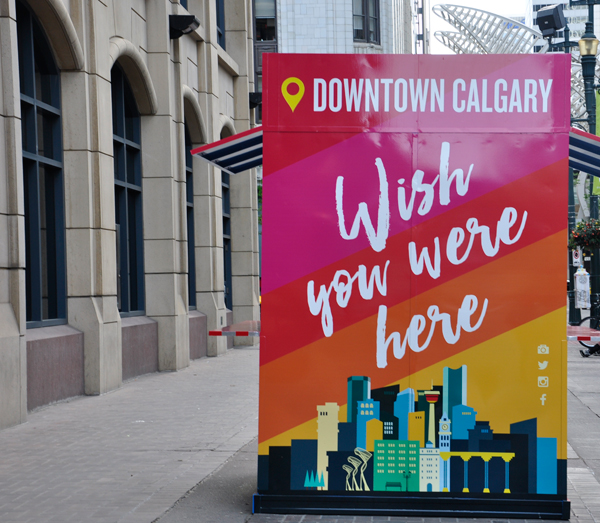 |
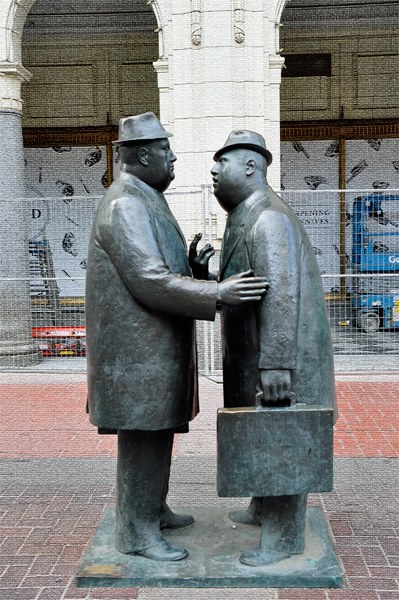 |
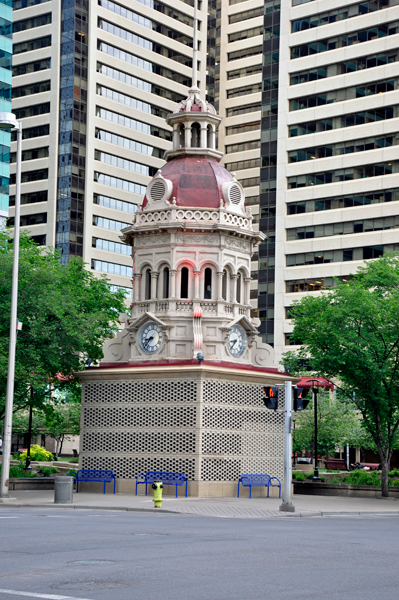 |
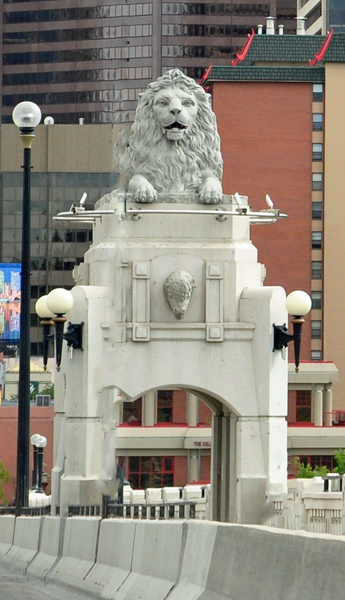 |
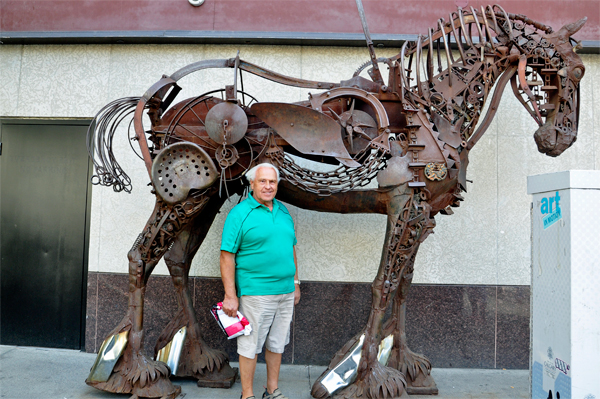 |
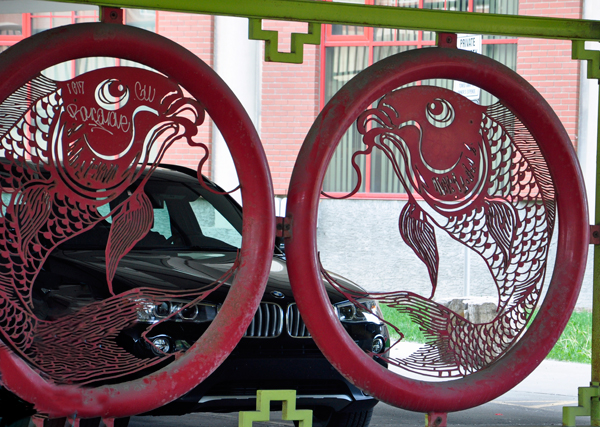 |
Calgary also had a nice Chinatown section. |
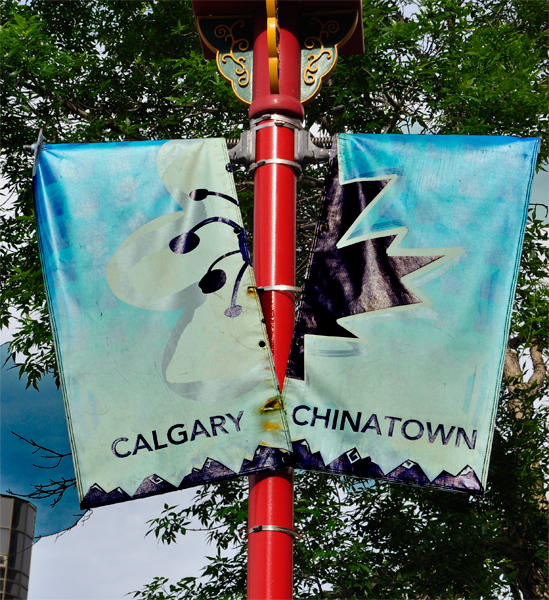 |
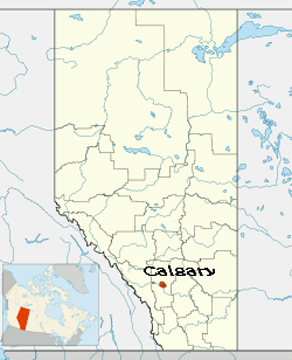
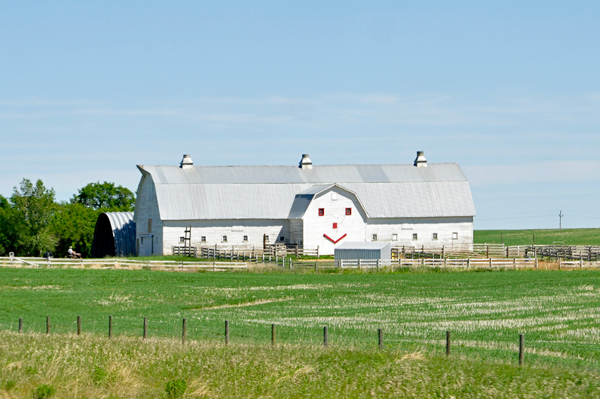





















 Calgary
is a city in the Canadian province of Alberta, situated at the confluence
of the Bow River and the Elbow River in the south of the province, about
50 miles east of the front ranges of the Canadian Rockies. Calgary is
the largest city in Alberta, and the third-largest municipality and
fifth-largest census metropolitan area (CMA) in Canada. Two rivers run
through the city. The Bow River is the larger river and it flows from
the west to the south. The Elbow River flows northwards from the south
until it converges with the Bow River at the historic site of Fort Calgary
near downtown.
Calgary
is a city in the Canadian province of Alberta, situated at the confluence
of the Bow River and the Elbow River in the south of the province, about
50 miles east of the front ranges of the Canadian Rockies. Calgary is
the largest city in Alberta, and the third-largest municipality and
fifth-largest census metropolitan area (CMA) in Canada. Two rivers run
through the city. The Bow River is the larger river and it flows from
the west to the south. The Elbow River flows northwards from the south
until it converges with the Bow River at the historic site of Fort Calgary
near downtown. 
 Be sure to check out
Be sure to check out 
























